Tag: resuscitation
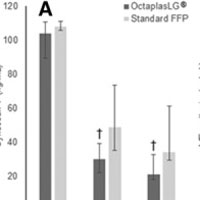
Resuscitation of Endotheliopathy and Bleeding in Thoracic Aortic Dissections
In this randomized, clinical pilot trial of patients undergoing emergency surgery for thoracic aorta dissections, we found that OctaplasLG reduced glycocalyx and endothelial injury, reduced bleeding, transfusions, use of... read more
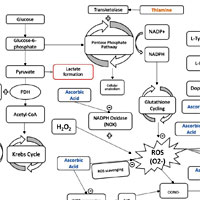
Ascorbic Acid, Corticosteroids, and Thiamine in Sepsis
The combination of thiamine, ascorbic acid, and corticosteroids is a promising new therapy for sepsis resuscitation but currently lacks robust evidence to support its widespread use. The potential effectiveness of this medication... read more
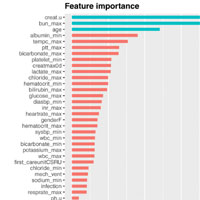
Machine Learning for the Prediction of Volume Responsiveness in Patients with Oliguric AKI in Critical Care
Excess fluid balance in acute kidney injury (AKI) may be harmful, and conversely, some patients may respond to fluid challenges. This study aimed to develop a prediction model that can be used to differentiate between volume-responsive... read more

Oxygen Therapy in Acute Resuscitation
At present, evidence is lacking to support routine liberal oxygen administration in acutely ill patients and, in most circumstances, a reasonable approach is to titrate supplemental oxygen to achieve an arterial oxygen saturation... read more

Management of Refractory Vasodilatory Shock
Refractory shock is a lethal manifestation of cardiovascular failure defined by an inadequate hemodynamic response to high doses of vasopressor medications. Approximately 7% of critically ill patients will develop refractory... read more

Critical Care Controversies: The REBEL vs The SKEPTIC at #SMACC 2019
On the last day of the last SMACC conference, Dr. Ken Milne (The SGEM) and I had a cage match debating four critical care controversies. It was all done in good fun with both of us taking our opportunities to poke a little... read more

Sepsis and Septic Shock – What Matters from EM Cases Course
In this podcast Dr. Sara Gray, intensivist and emergency physician, co-author of The CAEP Sepsis Guidelines, answers questions such as: How does one best recognize occult septic shock? How does SIRS, qSOFA and NEWS compare... read more
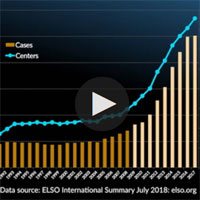
ECMO Global Trends and Use in Cardiopulmonary Resuscitation
In this video, Dr. Ravi Thiagarajan, Chief of the Division of Cardiac Critical Care at Boston Children's Hospital, and Professor of Pediatrics at Harvard Medical School, outlines past and present trends in ECMO use across... read more

Monitoring the Relationship Between Changes in Cerebral Oxygenation and Electroencephalography Patterns During Cardiopulmonary Resuscitation
Real-time monitoring of cerebral oxygenation and function during cardiac arrest resuscitation is feasible. Although voltage suppression is the commonest electroencephalography pattern, other distinct patterns exist that may... read more

Extravascular Lung Water as a Target for Intensive Care
Extravascular lung water (EVLW) remains a useful guide for monitoring pulmonary edema (PO) and vascular permeability in sepsis, acute respiratory distress syndrome (ARDS), and heart failure. In addition, EVLW has a prognostic... read more
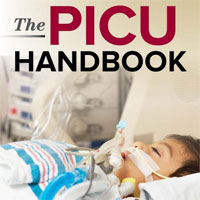
The PICU Handbook
The PICU Handbook is a unique, portable compilation of the information essential for residents and fellows to successfully navigate the modern Level 1 and Level 2 pediatric intensive care unit (PICU). Enhanced by numerous... read more

Effect of a Resuscitation Strategy Targeting Peripheral Perfusion Status vs Serum Lactate Levels on 28-Day Mortality Among Patients With Septic Shock
Among patients with septic shock, a resuscitation strategy targeting normalization of capillary refill time, compared with a strategy targeting serum lactate levels, did not reduce all-cause 28-day mortality. Among 424 patients... read more
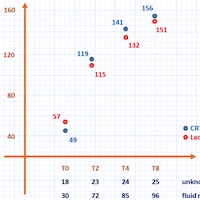
Should We Stop Trending Lactate in Septic Shock?
There may be a tendency to cement guideline recommendations into our collective minds as inalienable and sacrosanct – as if carved onto stone tablets and brought down to us from the heights of Mount Sinai. Thoughtful medicine,... read more
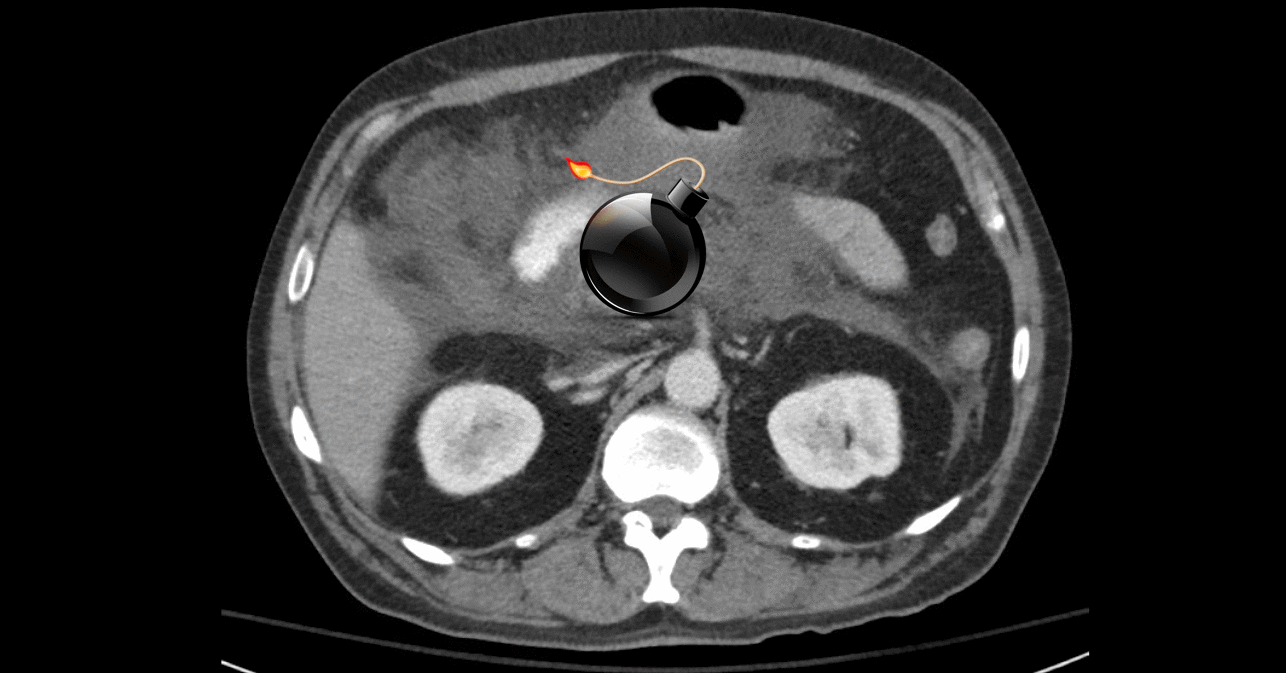
Hypertriglyceridemic pancreatitis: Can we defuse the bomb?
Hypertriglyceridemia causes ~9% of pancreatitis, the third most common cause after alcohol and gallstones. It is a risk factor for severe pancreatitis, making it more frequent among ICU patients with pancreatitis. I see... read more




